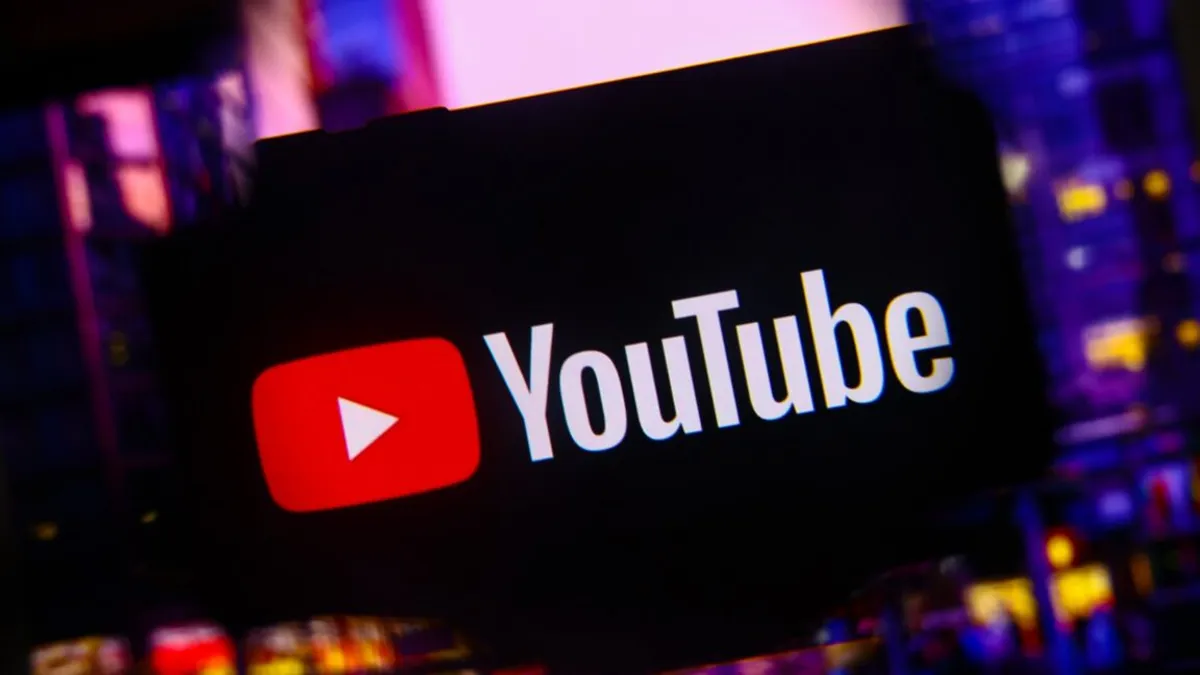
For several months, YouTubers have been expressing concerns that something seemed amiss with their recent video uploads. This suspicion has gained traction following an in-depth analysis by a popular music channel, leading to a significant revelation: Google has been secretly testing a feature that employs AI to artificially enhance video quality. While the tech giant claims this initiative aims to improve viewer experience, the lack of communication with creators and the absence of an opt-out option for this experiment have raised eyebrows.
Google's testing phase began earlier this year, particularly within YouTube Shorts. Users quickly reported encountering strange artifacts, edge distortions, and an unsettling smoothness that gave their videos a distinctly altered appearance. If you've ever zoomed in on a smartphone photo only to find it overly sharpened or reminiscent of an oil painting, you might be familiar with the effects of Google's video processing test.
According to Rene Ritchie, YouTube's head of editorial, this feature is not the same as the generative AI technologies Google has integrated into its other products. In a recent post on X (formerly Twitter), Ritchie clarified that this testing leverages traditional machine learning techniques to reduce blur and noise while enhancing image sharpness. Despite this technical distinction, many argue that utilizing AI to modify videos still falls under the broader umbrella of artificial intelligence.
YouTuber Rhett Shull delved into the issue after discussing the unusual changes with fellow creators. He became increasingly convinced that YouTube was implementing AI video processing without prior notification, referring to it as "upscaling." However, Google's Ritchie insists that this technology does not fit the technical definition of upscaling. Regardless of terminology, Google has ultimately acknowledged that it is modifying videos as part of a testing phase.
Whether this testing phase will become a permanent feature in YouTube's upload process remains uncertain. Moreover, creators are left wondering if they will have the option to opt out of AI enhancements. While some casual viewers may appreciate the changes, many content creators are understandably frustrated. Beyond the aesthetic debate of whether altered videos appear better (a point of contention), the primary issue lies in Google implementing these modifications without informing anyone.
Although Google expresses interest in gathering feedback from both viewers and creators to refine the upscaling features, critics argue that the company should practice transparency. A stark contrast is evident when considering Google's announcement regarding the Pixel 10 phones, where the enhanced imaging pipeline transparently includes AI edits. The Pixel 10 integrates C2PA labeling, ensuring users are aware that photos may not accurately represent reality. However, similar transparency seems lacking in YouTube's approach to video modifications.
As Google continues to roll out these enhancements, there is a palpable user backlash against AI content. The online community is quick to scrutinize creators if there is any indication of AI involvement. By applying AI edits—regardless of the terminology—Google risks exposing creators to unwarranted criticism and potential reputational damage due to this previously undisclosed video testing.
As Google moves forward with its plans, including the anticipated launch of Veo video generation on YouTube, it is crucial for the company to consider the implications of its actions. Transparency with creators and viewers alike will be essential in maintaining trust and integrity within the YouTube community.